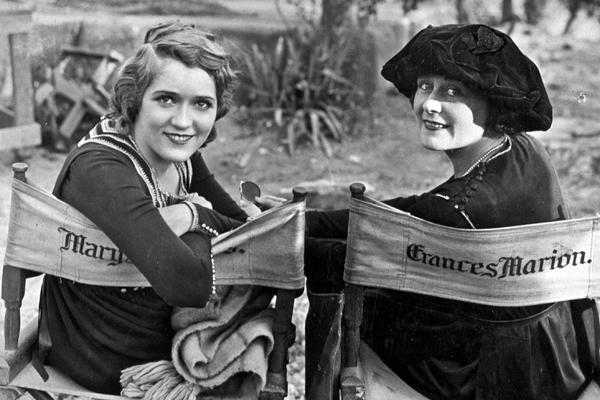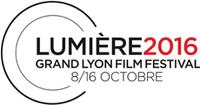The Women of Lumière
PostED ON OCTOBER 10, 2016 AT 1PM
Every year, the Lumière festival celebrates women and their talents in front of or behind the camera who paved the way. 2016 is no exception, full of exciting discoveries. These special and authentic women can be considered not-so-distant cousins from the prolific Catherine Deneuve, Lumière Award recipient 2016, making their mark on this year's festival in many ways: screenings, a series, a documentary and a book!
The documentary "The Women who Run Hollywood" by Clara and Julia Kuperberg leads the way with a series of striking testimonies, including by Paula Wagner, the alter ego of Tom Cruise, who has produced some of the most successful blockbusters of the day, or Margaret Booth, who worked with D.W. Griffith and pre-MGM studios Louis B. Mayer, independent at the time. Also featured is the incomparable Lillian Gish, a small woman with a beautiful face and fine features. An interview from 1983 reveals that, despite her age, Gish's determination to speak freely about working in Hollywood has not changed one iota over the years.
Amid the footage, we discover that before 1920, there was a mind-blowing number of women working in Hollywood as producers, scriptwriters, directors and actresses. The cinema was not yet an industry, but rather a fun experimental testing ground where everything was possible, without an existing foundation! Nobody was suspicious; nobody took all the little games seriously. It was a short-lived freedom, put into place before the arrival of success.
What is fascinating about the documentary is how it deconstructs history. It demonstrates, for instance, that when the cinema became an industry, a highly profitable machine, women were pushed aside by men who took up positions to rake in the very promising windfall. So what happened to the women? They worked essentially on screen as actresses and had to create in secret. The indomitable Mae West would write scripts of her films in passing, while hiding behind her bold, overflowing physique that literally ate up the screen.
Women Who Run Hollywood also discusses the somewhat forgotten fates of important pioneers like Lois Weber, the director who created her own studio, or the highly peculiar and crafty Dorothy Arzner, to whom Lumière is devoting a seven-film retrospective. Arzner's Merrily We Go to Hell (1932) is a sarcastic and brave version of Hitchcock's Suspicion (1941), so ahead of its time! In this marital dramatic comedy, actress Sylvia Sidney plays the wife let down by her spineless, cheating, perpetually drunk husband. She nevertheless rebounds time and again, surprising him with her happy gift for loving.
Sylvia Sidney features in the monumental book by Antoine Sire (son of the already captivating radio presence and writer, Gérard Sire): "Hollywood, la Cité des femmes"(Acte Sud). A series of female portraits, meaning 1200 films seen and over 300 books consulted, analysis and details of women, women and more women! In twenty chapters, all cleverly titled, Antoine Sire whips up portraits of Jean Arthur and her nasal voice, a nervous actress eaten alive by stage fright; the ultra-thin, infernal Barbara Stanwyck; Joan Crawford, the so-called "laborer of the dream factory." A long report is justifiably devoted to Bette Davis, of the bulging, glistening eyes, or the take-no-prisoners Thelma Ritter! "Hollywood…" is indeed a book, but already a reference as well.
Intricate treasures to discover!
Virginie Apiou
> Hollywood, la cité des femmes at the Lumière festival 2016

